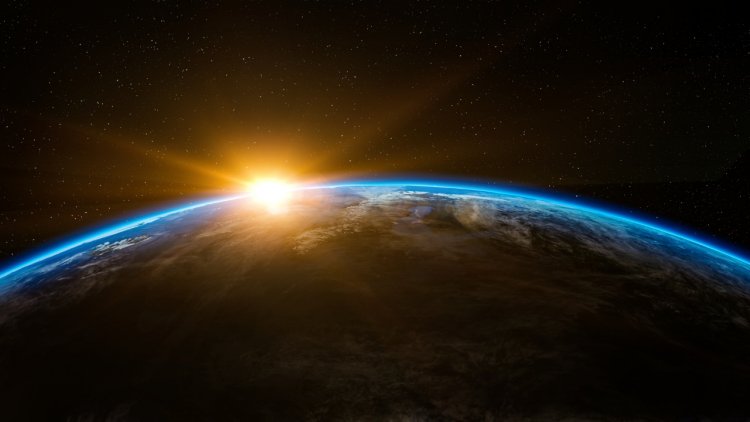Giant Piece of Space Junk on Collision Course With Moon
Giant Piece of Space Junk on Collision Course With Moon | Leftover rocket, nearly 3 metric tons, will hit far side of moon at 9,300 kph on Friday; it may take many weeks to confirm impact

Giant Piece of Space Junk on Collision Course With Moon
A three tonne piece of rocket is likely to fall on the moon
There is another stain on the bright face of the moon. And this is because of the fragment of an unknown rocket weighing about three tons, wandering in space, which is rapidly approaching the moon at a speed of 5,800 miles per hour, or 9,300 kilometers per hour. And it is estimated that it will collide with the moon on Friday.
Scientists are using telescopes and satellites to monitor the trajectory. McDowell, an astronomer at the Smithsonian Center for Astrophysics, says the collision would cause a crater to form on the moon's surface and raise a large cloud of dust.

Since the moon has no atmosphere and its gravity is much less than that of the earth, it can take weeks or even months for the dust to dissipate and only then can it be estimated that the collision of the moon How much damage has been done to the surface.
There are already numerous pits and trenches on the moon, which scientists say were formed as a result of meteorites hitting the moon's surface. The largest of them is 1600 miles in length.
Most experts believe that the rocket that is expected to hit the moon is from China. While Chinese scientists reject it.
Astronomers estimate that this is the third part of the three-part Chinese rocket that China sent to the moon in 2014. Chinese officials insist that parts of the rocket burned to ashes after entering the Earth's atmosphere.
The University of Arizona Astronomical Center has identified the stray piece as a Chinese rocket, flying through telescopic observations. He says the 10-foot-diameter, 40-foot-long piece is identified by its color.
However, it does not matter which country the rocket piece belongs to. Scientists say that when an object weighing three tons hits the surface of the moon at a speed of 9300 kilometers per hour, it will create a 33 to 66 feet deep crater and the dust and dirt from it will spread hundreds of kilometers.
Will McDowell, a Smithsonian astronomer, says that so far there has been little focus on what is being sent into space. Rockets and other objects of many countries and private companies are currently orbiting in space. Authoritative information about many of them is not available. But now is the time to look at them all and keep track of them.
What's Your Reaction?




















